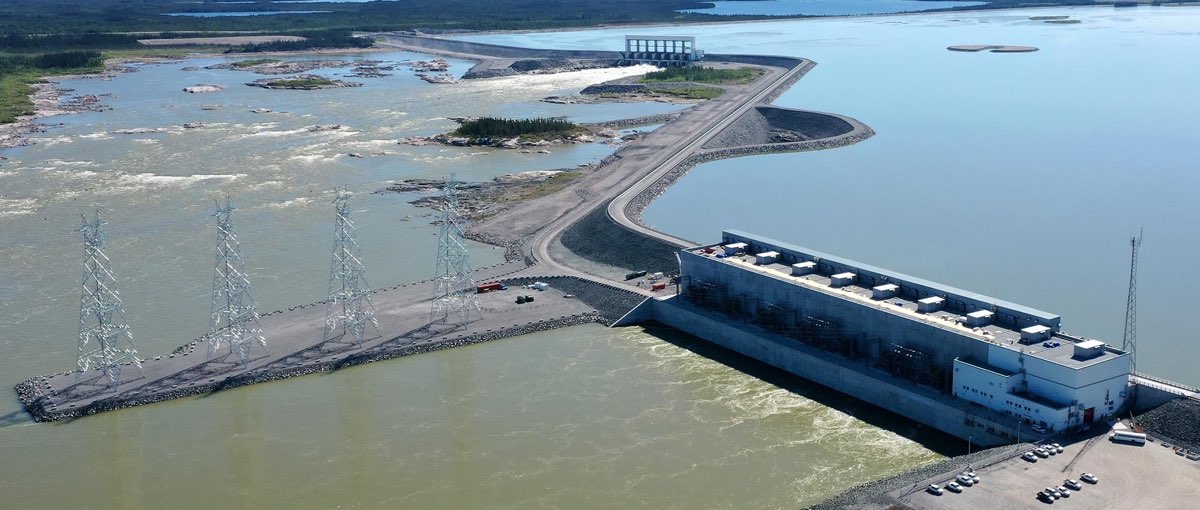How Manitoba Hydro used drones to save birds
When you build tall structures, you’re going to be running afoul of fowl. An animal that spends time in the sky is likely to run into some of your equipment sometimes, and it’s an issue Manitoba Hydro considers carefully. That’s why this year — for the first time in its history — Manitoba Hydro used a drone and a robot to help keep birds safe.
As with any aspect of environmental impacts, Manitoba Hydro takes its effects on birds very seriously. The utility doesn’t clear vegetation during bird nesting season without additional mitigation, installs bird diverters (reflective flags) on transmission lines, installs nest platforms for osprey, and provides nesting structures for rare and threatened species like peregrine falcons and barn swallows, which often nest on its structures. But this spring, Manitoba Hydro also used a drone and robot to install bird diverters on a transmission line near Delta Marsh, an internationally recognized Important Bird Area. The drone was an effective, efficient way to make sure birds don’t hurt themselves on our sky wire when they’re migrating in the area.
Watch a video about the drone and robot operation:
In addition to previously mentioned measures, any Manitoba Hydro employees who may encounter bird nests review the Electricity Canada — Bird Beneficial Management Practices Guide for Utilities.
They are also advised to:
- Avoid disturbing any active nests, even if they’re located on a Manitoba Hydro vehicle, equipment, building, or property.
- Follow environmental protection plans prescribed for work activities, including applying nest buffers, nest searches, and reviewing environmental requirements with designated environmental support representative.
- Contact their designated environmental support staff for advice.
- Download the Merlin bird ID app.
Manitoba Hydro prides itself on its clean, reliable, and safe hydroelectric power — and that safety extends to all species who may interact with its equipment.
